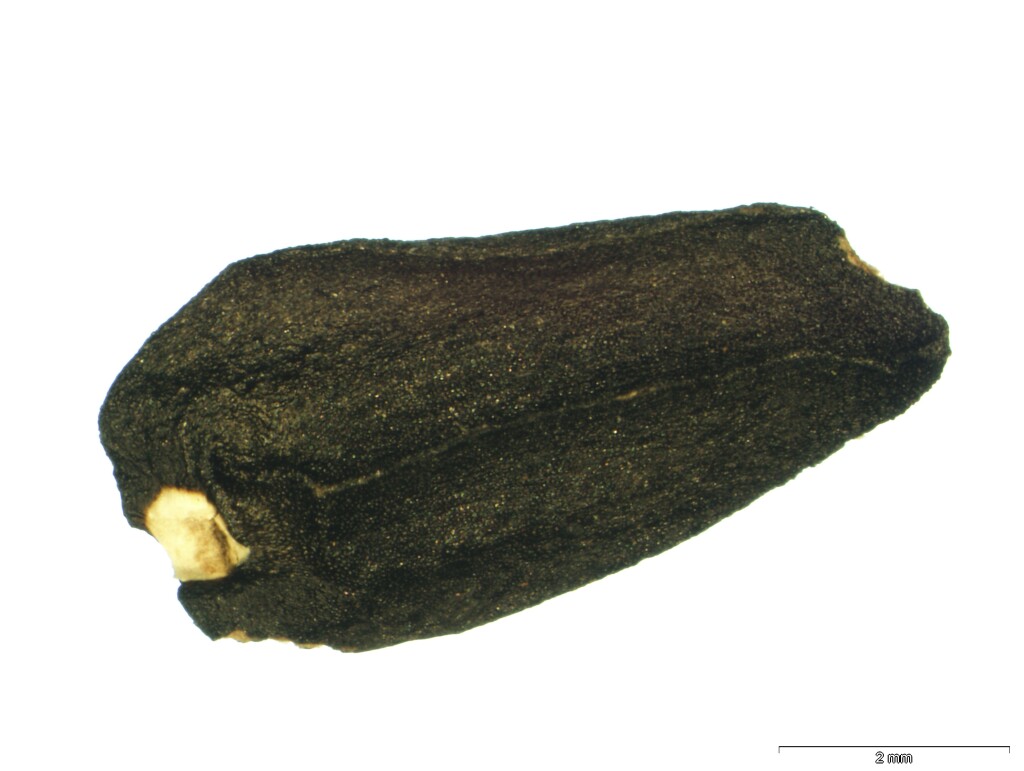Xanthorrhoea
Stem arborescent or subterranean, woody, covered with persistent leaf-bases. Leaves clustered in a terminal crown, 30–140 cm long, rhombic to wedge-shaped in cross-section, basally broad and thickened, tapering distally. Inflorescence cylindric and spike-like, borne on a long woody axis. Flowers bisexual, surrounded by persistent bracts; perianth free, outer perianth dry and membranous or papery, inner perianth membranous; stamens inserted at base of perianth; ovary 3-locular, ovules several per locule; style and stigma simple. Fruit a capsule, distally obtuse or pointed; seeds 1 or 2 per locule, flat and ± ovate, black.
28 species, all endemic to Australia; 6 species in Victoria.
Species of Xanthorrhoea can rarely be identified on only 1 or 2 features. Features which are required include stem ('trunk') height, ratio of length of non-flowering axis of inflorescence to the length of the flowering axis ('spike'), and leaf colour. Photographs are also an extremely useful aid in identification. Refer to Bedford et al. (1986) for a general discussion of features which are useful for identification of the species. Some species provide a resin which was used as an adhesive in the manufacture of tools. The stem was also used for the lower part of a spear (Oates & Seeman 1979)
Conn, B.J. (1994). Xanthorrhoeaceae. In: Walsh, N.G.; Entwisle, T.J., Flora of Victoria Vol. 2, Ferns and Allied Plants, Conifers and Monocotyledons, pp. 720–734. Inkata Press, Melbourne.
 Spinning
Spinning


